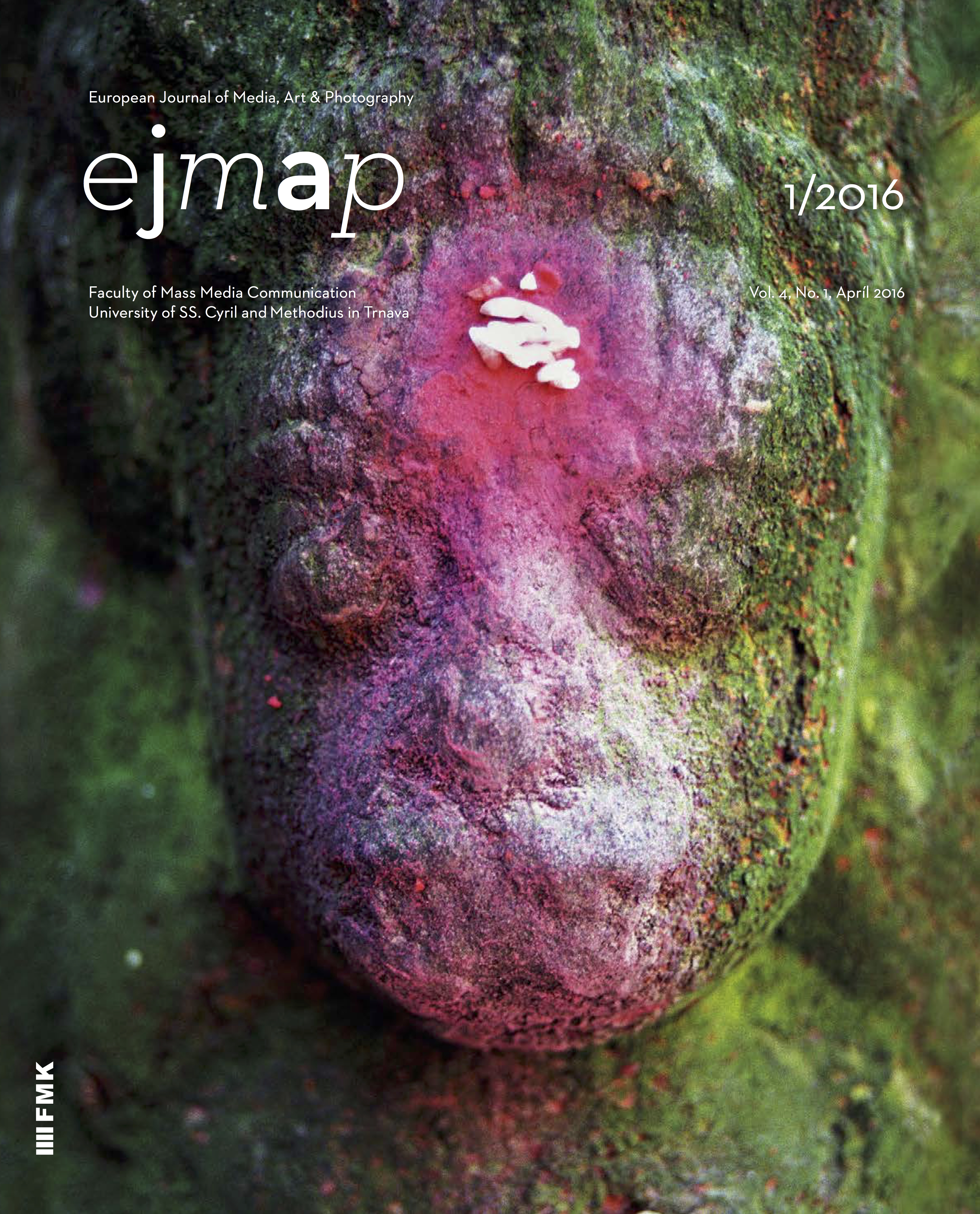
We kindly inform you that, as long as the subject affiliation of our 300.000+ articles is in progress, you might get unsufficient or no results on your third level or second level search. In this case, please broaden your search criteria.

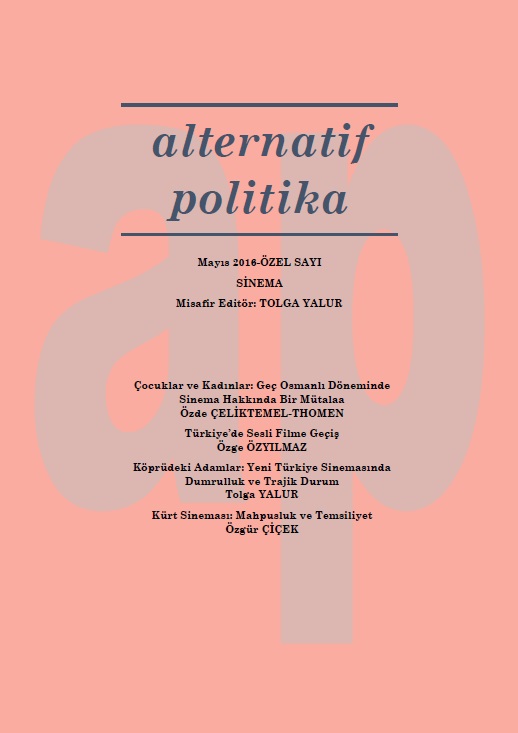
This study takes a number of popular films from the New Cinema of Turkey as references to investigate a dominant psychosocial condition in Turkishness. Based on the myth of Crazy Dumrul that represents the transition from Turkish-Paganism to Turkish-Islam where Dumrul faces the angel of death, this study looks through a subject’s conscience in the eye of the “Law”, which in Dumrul’s case restrains access to “truth” while he is trapped between two worlds: Earth and the hereafter, material and spiritual. This is conceptualized as a tragic condition, as the dominant psychosocial condition over male subjectivity in the recent cinema of Turkey.
More...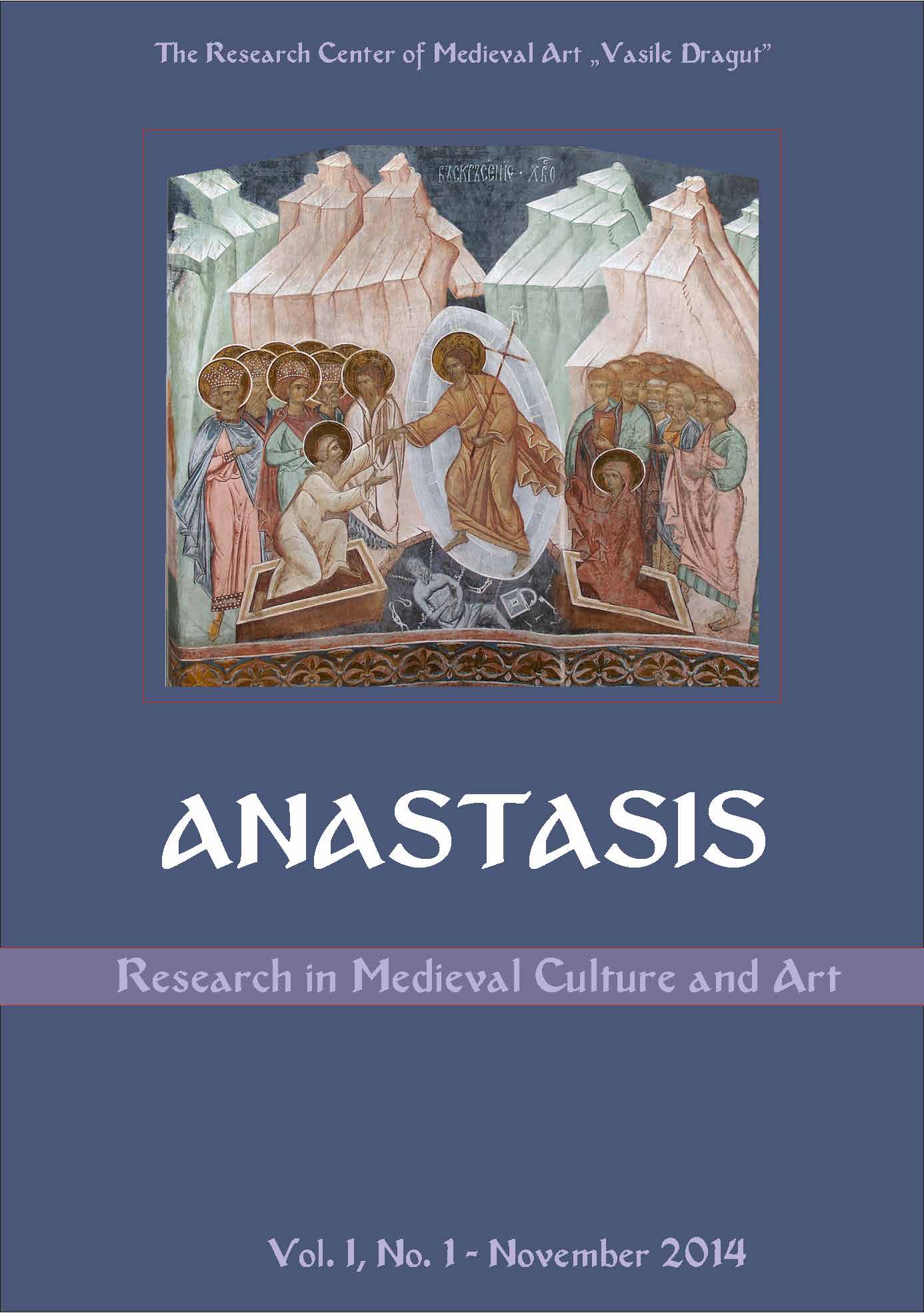
In the study Suceviţa’s wheels of the sky I have undertaken a multidisciplinary investigation of some ornamental elements like the stars painted on the inside wall painting of “Învierea Domnului” Church of Suceviţa Monastery and which are quite common elements at first sight in the sacred art of the Romanian Middle Ages. These stars are spectacular due to their size, spontaneity and quantity of design in the „sky” and maybe, especially due to the structure and the painting manner chosen by painters. Suceviţa’s sky is unique among all the important churches and monasteries built by voivodes between the 15th and 17th century in the North of Moldova: the painters Ioan and Sofronie painted symmetrically lots of big stars with angles formed of six rays as thin from center to the end. By using a nail and a wire or a compass they sketched equally spaced circles on which they traced the angles of the stars. After the recent restoration we do not know for sure if the circles were also golden circles as the stars but with the lapse of time they have become noticeable and now we have the so-called wheels of the sky. “Suceviţa’s sky” uniqueness lies not only in the technical innovation regarding star representation but also in its ability to raise some questions: are the stars inscribed in the circle pure ornamental elements taken from somewhere or are they symbols within the context of the monumental assembly? Is their source of inspiration only technical or also ideological? Why take pains to sketch some circles which would become invisible? Could this have been sketched only to exercise a new technique ? If they sketched the circles only as a guide mark in order to paint the stars symmetrically, why did they leave the circles without covering them somehow? Were the painters so unexperienced or careless that they didn’t realise that in time the effects of such technique would become noticeable? Or maybe was this done on purpose? If that was the case, what was the source of inspiration and what is the message? We can answer these questions only by undertaking an investigation on this topic, especially as the whole painting of Suceviţa is the representation of an organic mix of tradition, influences and original creation. The multidisciplinary method allows me to gather information from certain fields like wall painting techniques and restoration, history of medieval art, history of Christian art, dogmatic and symbolic theology of byzantine tradition, ethnology, mythology and native traditions in order to create an overall perspective on this ornamental element of Suceviţa’s wall painting. This study may be further developed, and, thanks to the multidisciplinary approach of investigation, the issues raised here – regarding an apparently common ornamental element of wall painting of the Romanian Middle Age – may lead to an unexpected outlook on the medieval art research from a modern point of view.
More...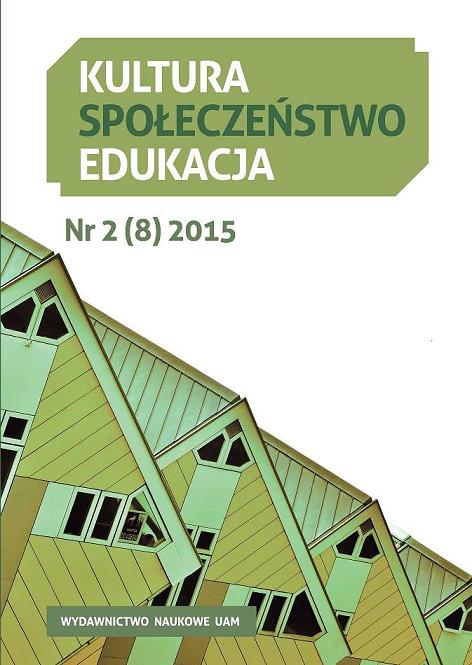
The artification hypothesis presented in this paper is based on the assumption that small children have the ability not just to persuade other to give them physical safety but also to initiate social bonds and emotional interaction. Thus the interactions between the child and mother are adaptive in their character and as such they were not considered by evolutionary psychologists. The other factor of artification is the ritualization of those interactions. The article delivers many examples of proto aesthetic actions and artifications stressing out also the religious aspect of the phenomenon. The author concludes with the notion that artification and aesthetic agency are adaptive as such and they were just as important in the human evolution as nonverbal information transmission.
More...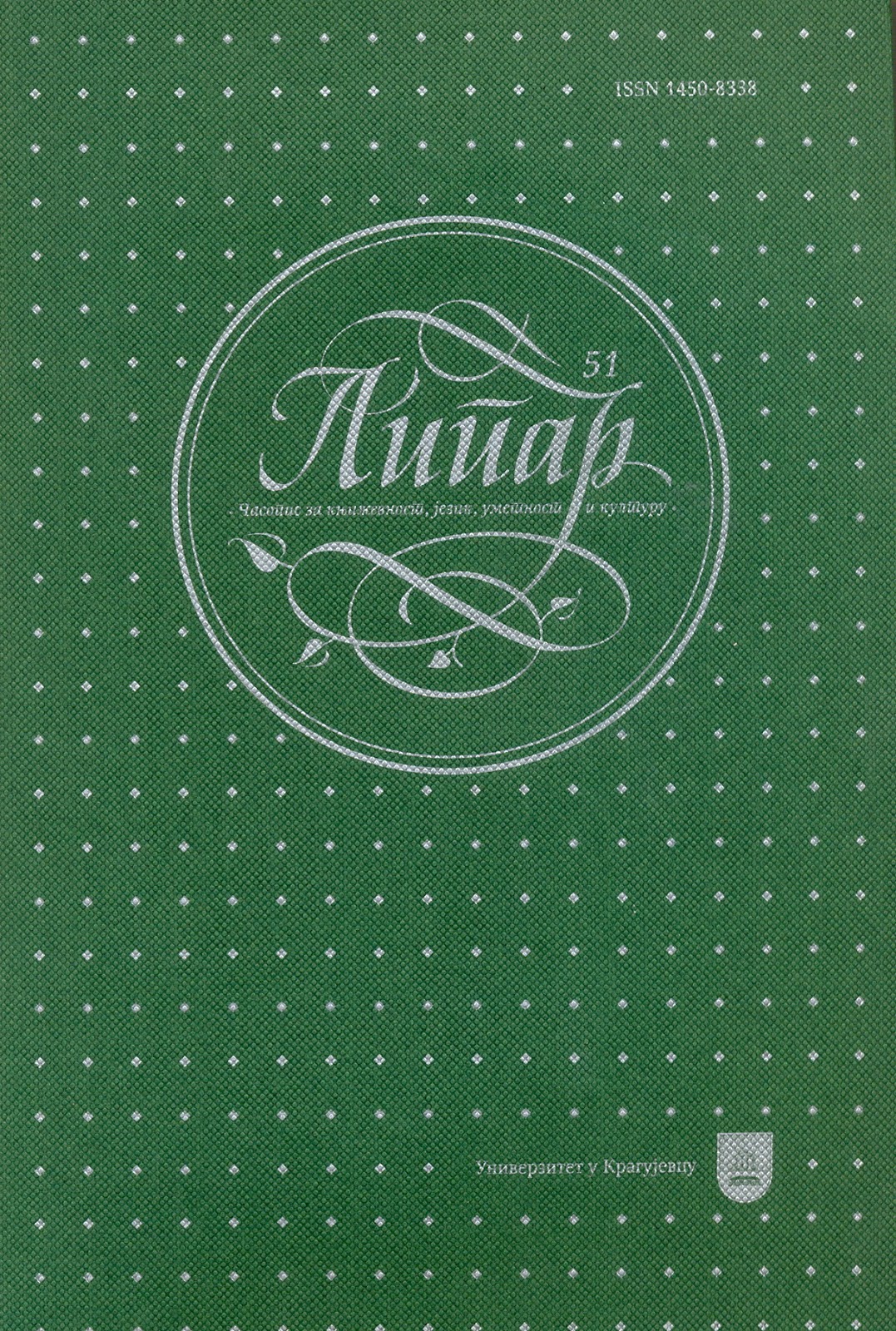
In the late 1970s, Steve Tesich appeared in Hollywood as a new writer with a fresh set of ideas framed within conventional narrative structures. Having found the space to present personal content within mainstream production, the Yugoslav immigrant created a nostalgic vision of America, breathing vitality into one withered social image. Permeated with the playfulness of ideals on account of which he had embraced his new homeland, his screenplays also leave traces of bitterness of an immigrant whose American Dream was dispersing before his eyes. Tesich’s cinematic expression is led by mild comedy, as well as strong characterization which enables pursuit of layered answers to questions posed by classism, immigraton and social activism. Out of six realized screenplays penned by Tesich, this article deals primarily with films Breaking Away and Four Friends as the most representative samples of his cinematic work and examines them in relation to the norms of the entertainment industry.
More...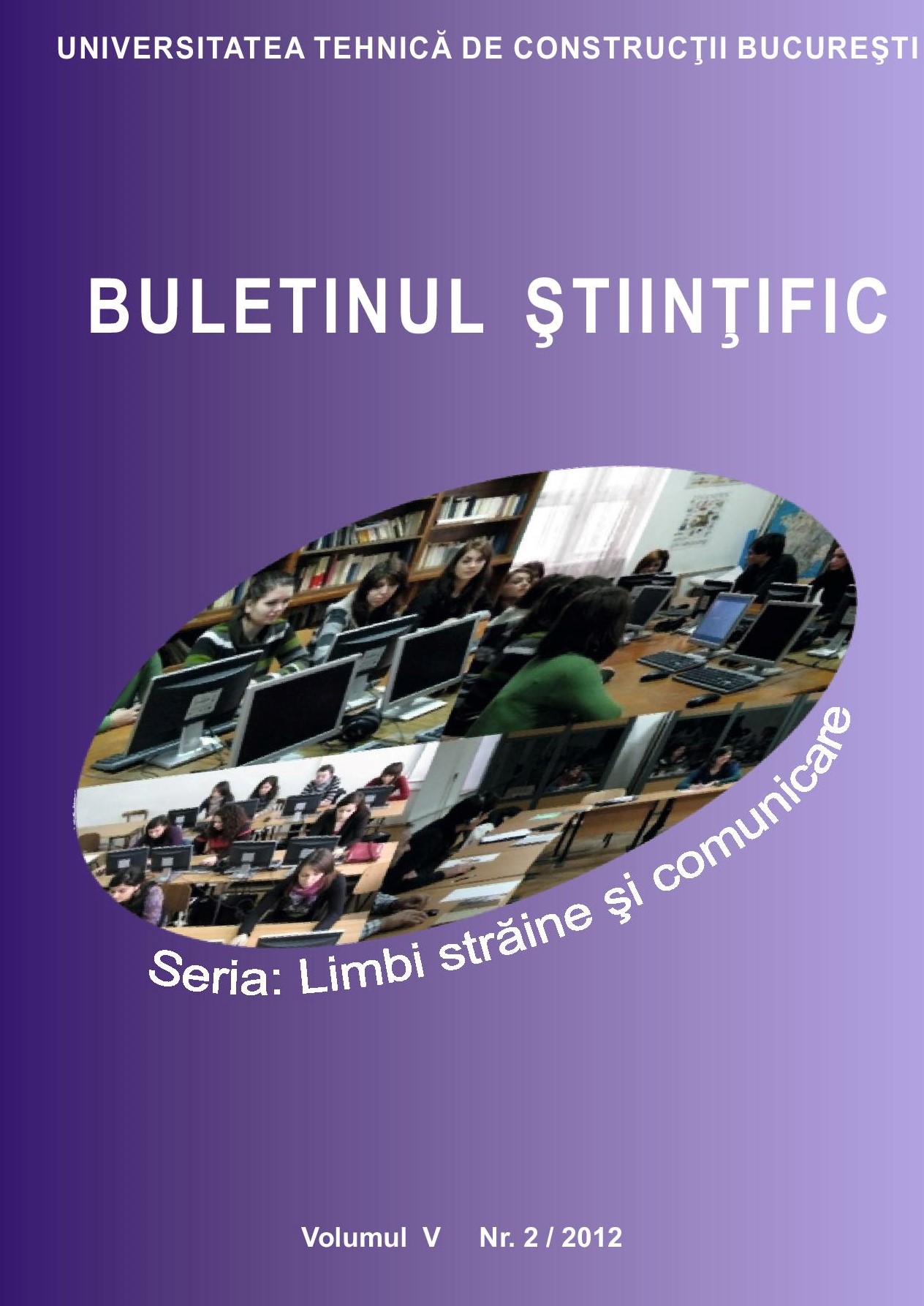
Out of the numerous examples of feminine victims in the Romanian literature and historiography, three stand out as a source of inspiration for the Shakespearian narrative poem The Rape of Lucrece. The foundation of moral and political values in ancient Rome is represented by the famous Abduction of the Sabines in Ab Urbe Condita, that of Virginia and the chapter of Lucrece’s rape. In his poem, Shakespeare presents Rome undergoing a period of transition, the starting point for the evolution of the Roman Republic, founded on the death of Lucrece. While in Titus Livius’ work the legendary victims are perceived as essential for the salvation of Rome, and they bring legitimacy and political pragmatism, in Shakespeare’s case Lucrece is the image of “sacrifice” turning “sacred” for its own sake.
More...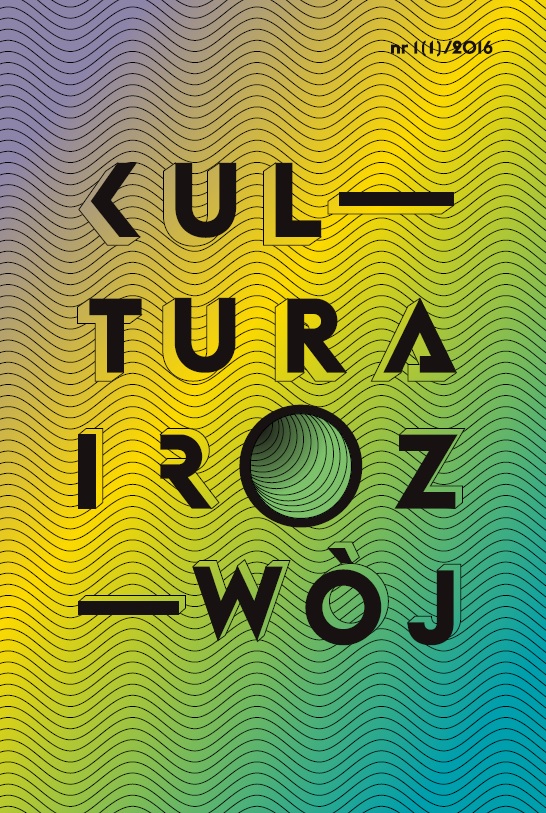
In my article, I focus on bottom-up development processes associated with the forms of co-operation and success-building present in Western Mongolia and in rural areas of central Poland. In both cases, I emphasise the existence of long, but ever-changing local traditions of societal self-organization and grass-roots forms of development activities, which are often powerful enough to be the leading cause of change. I survey the forms of cooperation in post-pastoral communities associated with the city of Bulgan located by the southern slopes of the Altai Mountains, whose inhabitants re-produce a new their economic practices, act according to their own post-pastoral idiom andcome up with development ideas immersed in a contemporary Mongolian spirituality, rooted in local ways of achieving success. Likewise, I refer to the history of cooperation and coping in impoverished post-transformation Polishvillages near Szydłowiec, analysing spontaneous self-organisation processes and the production of certain alternative, community-based technical and social knowledge. These situations stand in opposition to the descriptions found in programmes offered by development institutions, which quite often still have a vision of the organisation of local social life as a passive structure, requiring externally driven change and, to a certain extent, resisting the development and modernisation processes. I also wish to suggest an approach to local cooperation that resists the existing logics of constructing development. It draws on local ideas and practices, ways of transforming social life and new economic projects, which as local forms of development become a separate world that is extremely important to understand.
More...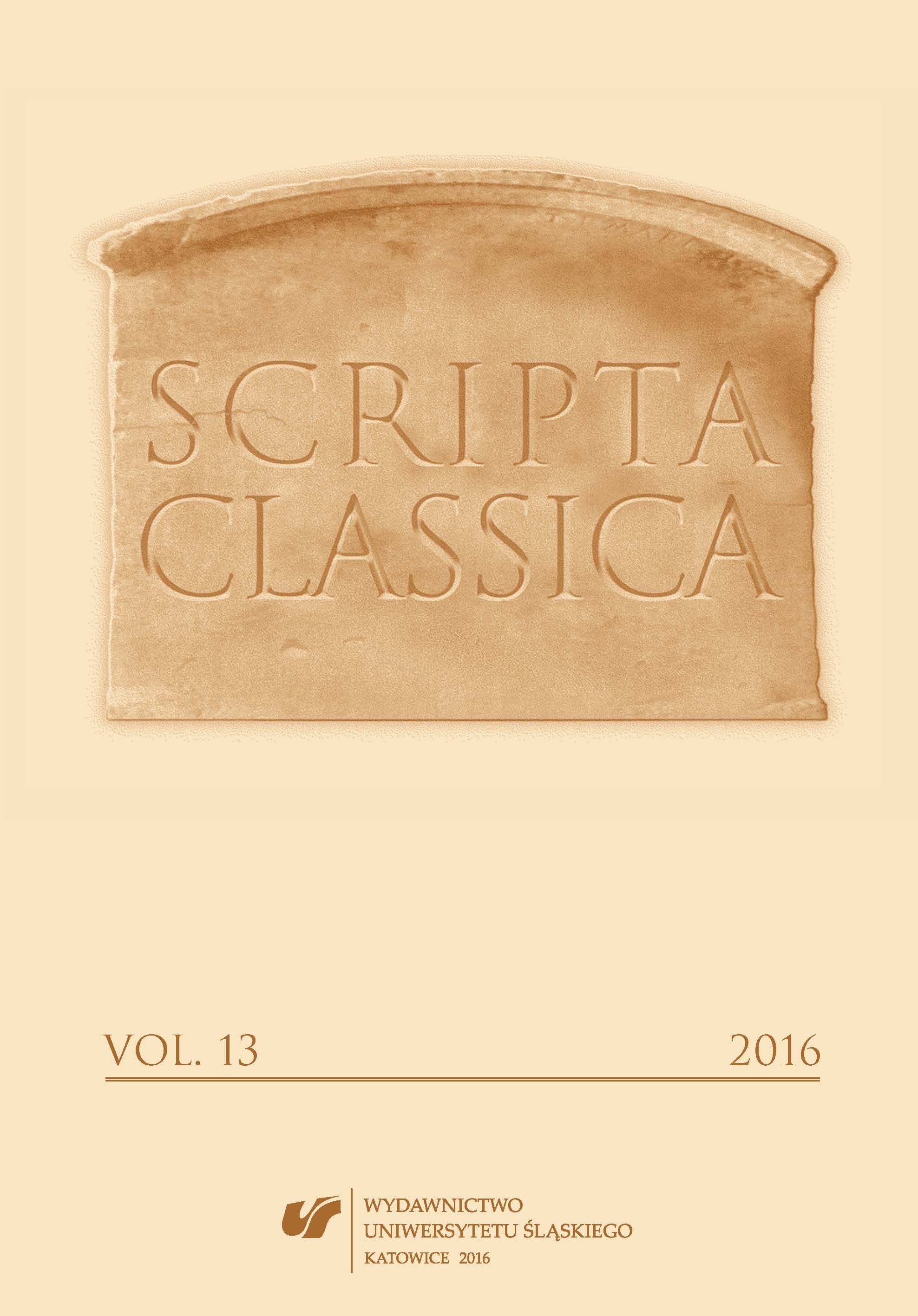
Unlike classic war epics such as the Iliad or Virgil’s Aeneid, whose heroes fight against external enemies, Lucan’s Pharsalia tells the story of a civil conflict. This circumstance makes it virtually impossible to include any gods in the action of the poem, as doing so would require them to take sides in the conflict, which would be highly inappropriate. Therefore, inspired perhaps by Aristophanes (or drawing on his own powers of invention), Lucan substituted the ‘traditional’ Graeco‑Roman deities with the Thessalian necromancer Erichtho – who, though human, turns out to be more powerful than the gods themselves. Endowed with qualities that mirror those of the Civil War itself – as well as supernatural powers and a sinister kind of creativity (by means of which she destroys life in order to create death) – Erichtho proves to be the only appropriate ‘divine’ patron for an epic about civil conflict and – in effect – may be seen as an allegorical ‘goddess’ of the Civil War.
More...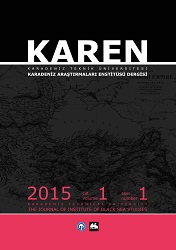
The eleven banner marks among those that were brought together in 1926 to establish a museum at Tokat Gök Medrese (the Celestial Madrasa) was sent to Giresun Museum in 1995 in order to be displayed together with other two thousand archaeological and ethnographic pieces. On the banner of one of these marks that was produced with brass hammering technique was written the date “1118/1706-1707”, which is indicated on its inventory record. Such marks that were decorated by using thuluth writing and vegetative motifs were made in the forms of round, drop, palmet and tulip. Generally, there exists a hilly part in the forms of palmet and drop on most of these marks which consist a handle and a body part. Additionally, there appear writings as “Allah, Muhammed, the words of Tawheed, Allah-Muhammed-Ali” on these marks. Today, the marks some of which are exhibited on the display cases and some of which are stored in museums are important in the sense of obtaining information about the art of metalworking in the period these marks were produced.
More...
Becoming of modern trade education needs creation of social pedagogical terms of future stage-director personality humanizing, because it is argued that artistic professionals are powerful potential of development of our society. Modern science abandons oneself all anymore to the idea, that communication as an objective type of vital functions of every personality, comes forward as an original art, where there are rules, features and secrets. Every specialist must know all these for the activity optimization.Stage-director is one of most difficult, most dynamic professions, we mark – pedagogical professions.Its complexity associates with its high requirements that relate to the director, manager, teacher because of accelerating scientific and technical progress, the growth of information and the considerable costs of mental, psychological energy in creative and educational activities.The role of communication in director's work is great because it has the ability to affect change in the structure and substance of social actors (students) to human socialization, formation of personality.Communication is the process of interconnection and interaction between social entities (groups of persons), where there are the exchange of information, activities, mood, experience, abilities and skills.Among the variety of types of communication we can allocate teacher communication. On our opinion that teacher communication is a particular type of human communication (eg, in comparison with a business, family communication, etc.). It is characterized by common features of communicative interaction, and highly specific, inherent in the educational process.Also we can add to this that the pedagogical dialogue is a form of academic cooperation by optimizing learning and personal development of students. Thus, pedagogical communication is a multifaceted process of establishment and development of communication, understanding and collaboration between teachers and students.On our opinion that it is aimed not only on the interaction of learners for their personal development, but is central to most educational systems for organizations of learning and the formation of the creative skills basis. Thus teacher communication is characterized by at least threefold focus: the academic interaction, students (their current state, promising lines of development) and the subject of learning. At the same time, teacher communication is defined also with triple orientation of its subjects: personal, social and intuitive. SPT, while working with students on the development of a teaching material, always directs its result to all the participants in the audience and, conversely, working with a group affects everyone. Therefore, we can assume that the uniqueness of pedagogical communication, which is a combination of these characteristics, can be expressed in organic combination of elements of student-centered, socially oriented and visually based learning.While teaching communication tasks are given and are implemented, the main goal is to transmit knowledge and encourage learners. A role of pedagogical communication in stage-director work is enormous, as it has the opportunity to influence on the change of structure and essence of social subjects (students), on socialization of human being and its socialization.It is possible to assert that pedagogical communication is one of types of professional communication.There are different points of view on the problem of function of pedagogical communication and determination of its basic goal.In the process of pedagogical communication communicative tasks can be realized – and the main goal is to pass knowledge and induce those, who studies to the corresponding.Thus, the work of teacher interaction is a process where teacher implements and approves own potential strength and ability, and also develops himself. Modern art education needs comprehensively trained teachers and specialists who have professional expertise and know how to express the deep essence of his personality to create optimal social and educational environment for the development of future directors as professionals and for humanizing their personality.Modern artistic education needs the all-round prepared teachers and specialists that have thorough professional knowledge and are able to express deep essence of the personality for creation of optimal social-pedagogical terms for development of future stage-directors as the business professionals and for humanizing of their personality.The level of relationships between students and teachers depends on the effectiveness of training future specialists. It is clear that it can make only the one who has skills, and is able to convey the richness of human culture to the students.Thus, for forming of corporate culture of stage-director the professional activity requires maximal patience, persistence, sequence in actions, fundamentalness, in its connect with tactfulness and flexibility.
More...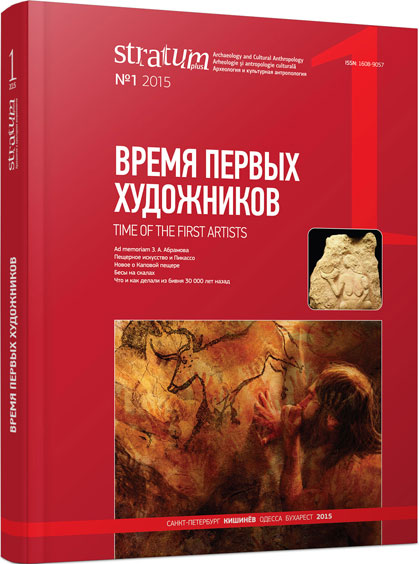
The paper is devoted to the typology of the anthropomorphic images of the Neolithic and Early Metal period, which in Russian archeological literature are traditionally denoted by the word “bes” (demon). Interestingly, in Northern Fennoscandia, which is famous for its numerous rock art assemblages, “demons” have been reported only from the sites situated on the territory of Russia. They include Besov Nos (Lake Onega), Besovy Sledki (on the Vyg river), Čalmn-Varrė and Kanozero (Kola peninsula). The first four of the sites mentioned above contain one figure of the “demon” each, with Kanozero being the only complex with nine images of this kind. It is quite possible that the anthropomorps with “demonic” traits known at different sites depict one and the same mythical character in different situations. The only securely identified type of composition with the “demons” is the “Demon with a woman” on Lake Kanozero, the Kola Peninsula.
More...
Tíz év meghatározó jelentőségű még egy olyan nagy múltú szervezet életében is, mint az 1878-ban Országos Régészeti és Embertani Társulat néven alakult, majd 1970-től mai nevén működő Magyar Régészeti és Művészettörténeti Társulat. Társadalmi megítélése, vállalt szerepe, tudományközvetítő jelentősége szempontjából különösen fontos a – törvényi, technikai, informatikai és egyéb – körülmények változásai közepette eltelt évtized. Át kell gondolni tevékenységének célkitűzéseit, sorra venni lehetőségeit, átgondolni megőrzésre méltó hagyományait, továbblépni működésének kevésbé sikeres elemein. Mindez nem megy eszmecserék, viták, útkeresések nélkül. Szerénytelenség nélkül állíthatjuk, hogy ezen évtized alatt a patinás társulat próbálkozásai során nemcsak kereste, hanem reményeink szerint meg is találta helyét a kor megváltozott igényeihez igazítva. A régészeti szakosztály személyi összetétele és létszáma is változott. Az elmúlt és várható eseményekről pedig az ezen időszak alatt létrehozott – bár további fejlesztéseket igénylő – honlapunkról, illetve közösségi oldalunkról bárki tájékozódhat. Rendkívül fontosnak érezzük a fiatal nemzedék bevonását az aktív társulati életbe. Ennek érdekében alapítottuk 2011-ben az „Ad astra…” díjat, amelyet pályázati munka révén lehet kiérdemelni.
More...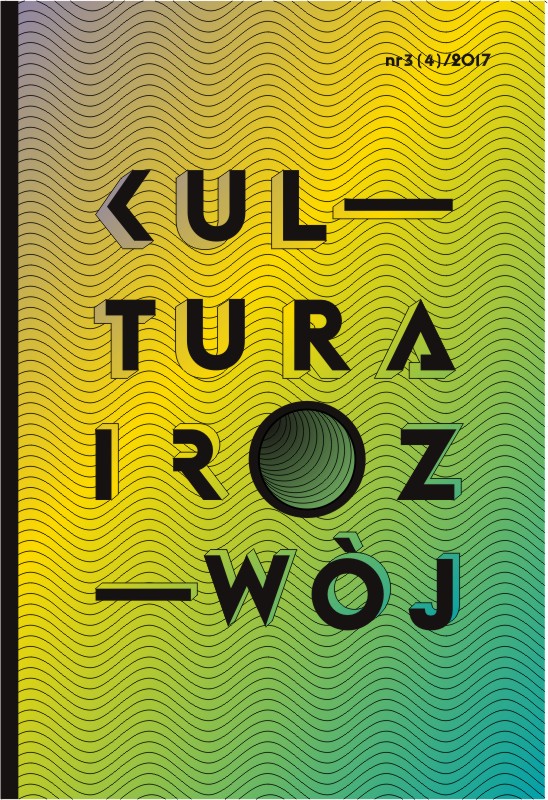
The text presents methods of capturing the process of creating cultural contents in local and peripheral communities and displaying it in projects implemented by cultural animators, artists, and anthropologicallyoriented social researchers. The methodology developed for this type of research combines the spheres of anthropology and its ‘dense participation’ with simultaneous creative and artistic activity, bringing out the local cultureforming potential. Examples of projects and realizations combining art and ethnography at different levels – from tools through the way they work to the construction of a theoretical field – are listed and described. The text reviews theatrical and/or performative activities undertaken together with communities, local residents, representatives of professional, ethnic and social groups, which offer an opportunity to observe the practices, values and routines characteristic of these groups. The idea of ethnographic conceptualism in contemporary anthropology, understood as a generator of new ethnographic situations, is also discussed, as well as artistic and ethnographic methods which offer new, unique forms of describing social reality.
More...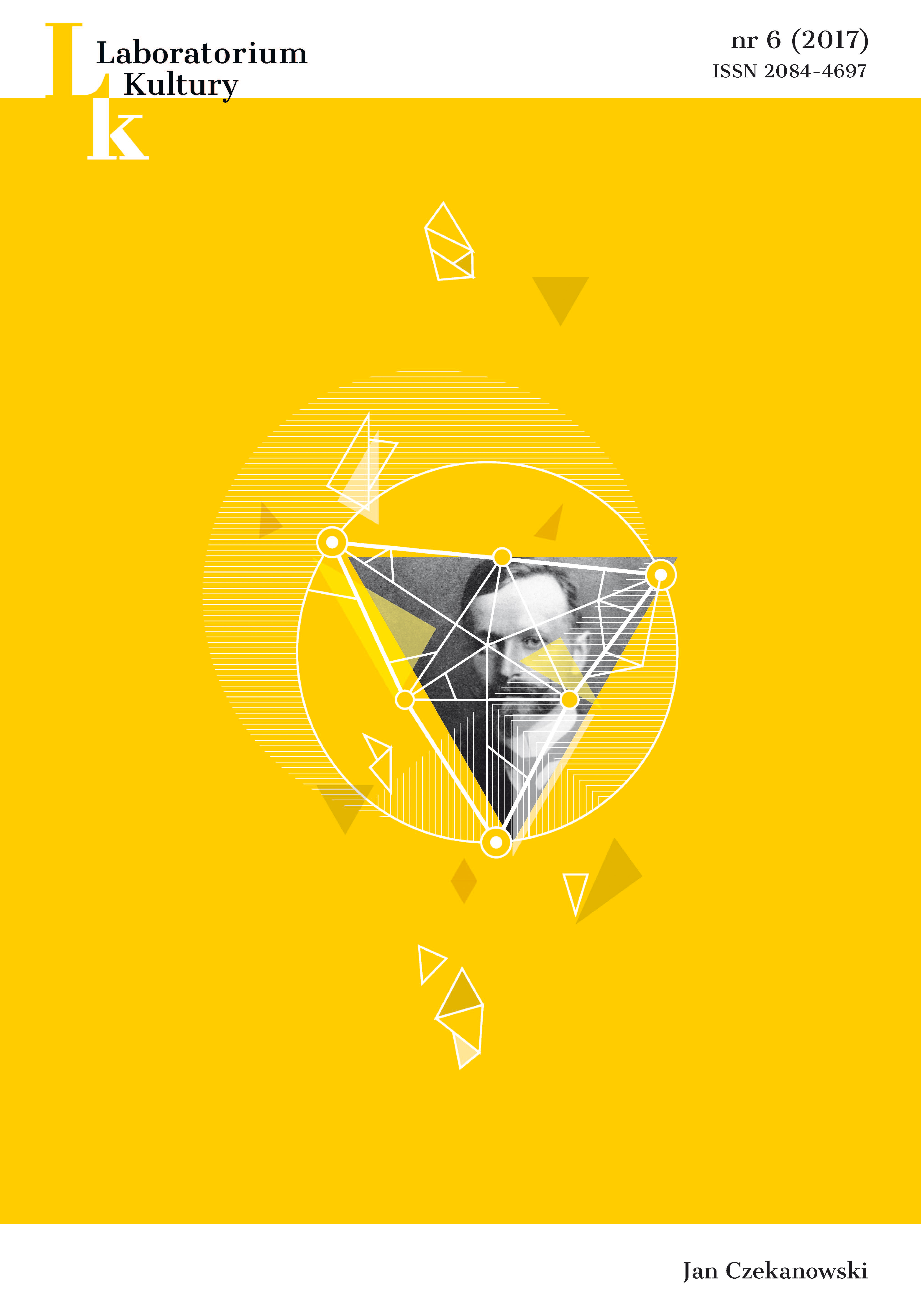
The article contains an analysis and interpretation of works created by the students of the Academy of Fine Arts in Katowice as a part of the project “Laboratory in the studio.” An artistic statement allows the authors to get an insight into the sphere of cultural practices and customs, shaped by the modern registers of knowledge but rooted in more permanent forms. The purpose of the text is to discover the cultural rationality behind the idiom of human.
More...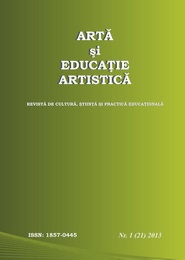
Articolul de faţă relevă rolul muzicii în procesul activizării proceselor psihice, care, la rândul lor, influenţează eficienţa şcolară a elevilor. în acest context, muzica este tratată ca un mod de exprimare a trăirilor, sentimentelor şi a gândurilor elevilor, acest aspect subliniind efectele acesteia asupra creativităţii, percepţiei, cogniţiei şi simţului lor estetic.
More...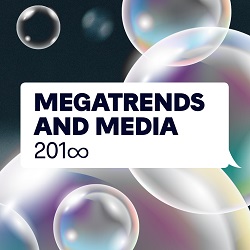
The article explores one side of the interaction between literature and digital media in the globalizing world which results in turning the poetry production into something of a popular bestseller of postmodernity. Furthermore, we present a concrete example of the way in which literature adopts some of the forms of digital media and turns into it. In the first part we look at the interaction between print media and digital media, and especially at the role of the play in it. The second part focuses on the question of the “end of the book”. Finally, we point out one concrete form of the interaction between literature and digital media, what is the literary interactive museum.
More...
The film portrait has always been and still remains the instrument of strong propaganda and agitation. The author of the work explores significant, historical and cultural differences in the representation of people in film portraits. The audiovisual portrait is the bearer of hidden and encrypted cipher, messages and ideological links. It reveals the complexity of ethics and psychology in portraying people and personalities. It points to the legal aspects of copyright to life, so called „a life and personal protection license“ , as well as the director‘s morale and ethic. The article addresses the ambivalence of the holy truth and the hermeneutic explanation of protagonists‘ biography and manipulative overhead techniques.
More...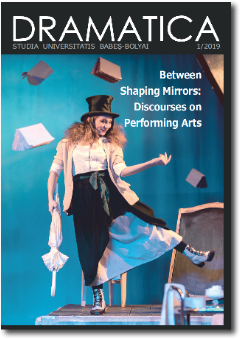
This article carries on a research approach started years ago by the author, investigating the necessary conditions for producing a creative environment, favorable for the development of the actor in the acting school. Aspects of the relation between the teacher-director with the student-actor are discussed, and a series of possible interacting means and effects of the orality between the two are revealed.
More...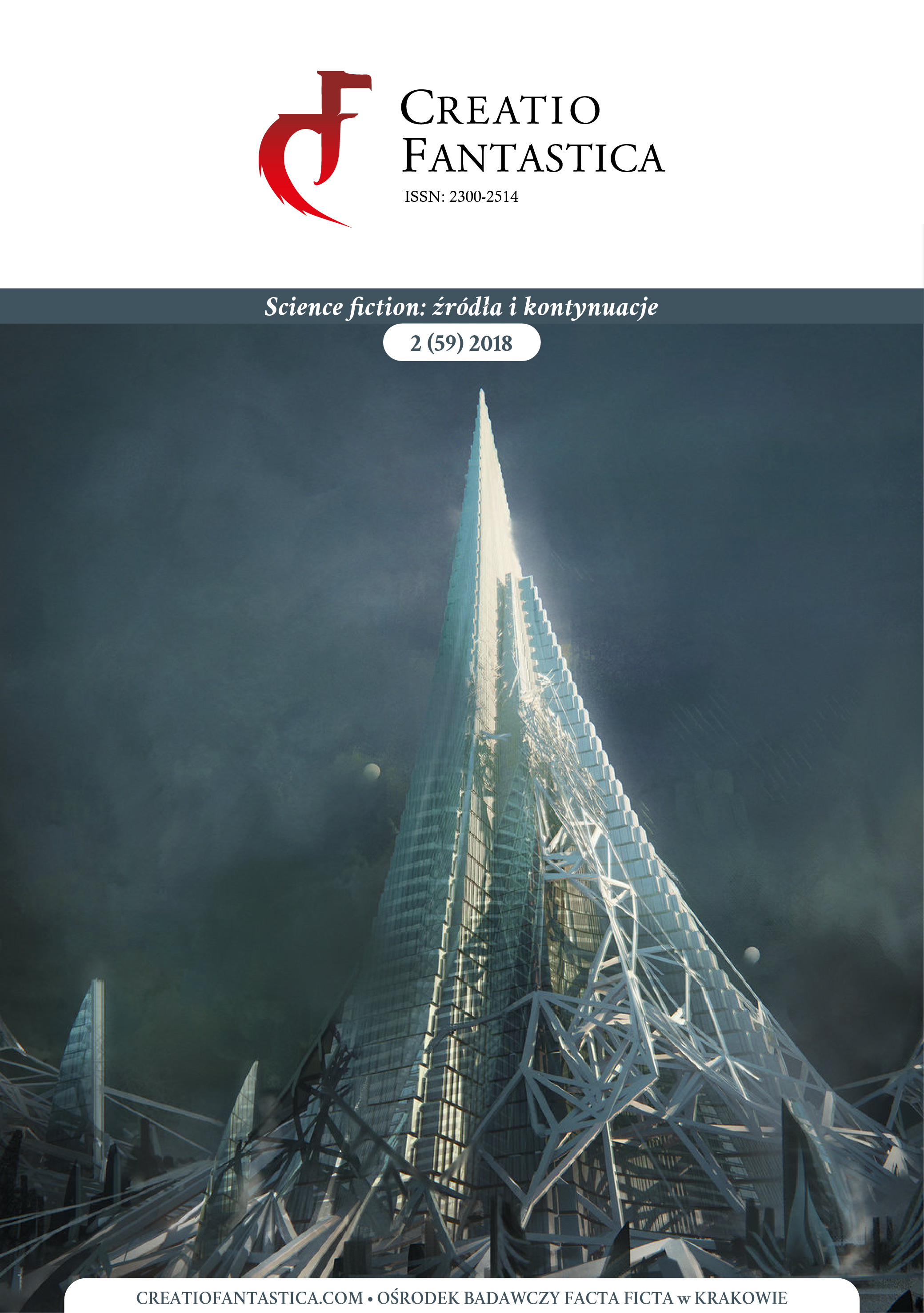
A discussion addresses general problems associated with studying science fiction narratives today. What does it take to make a believable illusion of the scientific out of literary fiction? What are the most contemporary views on the genre and its multiple iterations? Is it still a genre? These and many more questions have been tackled below by the leading experts in science fiction studies: Paweł Frelik (University of Warsaw), the most prominent Polish theorist in the field, editor of the „Journal of Gaming and Virtual Worlds”, and author of Visual Cultures of Science Fiction (2017, reviewed in this issue), as well as the first Polish president of Science Fiction Research Association (2013-2014); Paul Kincaid, renowned science fiction critic, author of A Very British Genre: A Short History of British Fantasy and Science Fiction (1995) and What It Is We Do When We Read Science Fiction (2000); Lisa Swanstrom (University of Utah), co-editor of „Science Fiction Studies”, and author of Animal, Vegetable, Digital: Experiments in New Media Aesthetics and Environmental Poetics (2016); Sherryl Vint (University of Alberta), also co-editor of „Science Fiction Studies”, director of Science Fiction and Technoculture Studies at University of California, Riverside, and co-editor of The Routlege Companion to Science Fiction (2009); and, finally, „Creatio Fantastica” editors—Krzysztof M. Maj, Mateusz Tokarski, and Barbara Szymczak-Maciejczyk.
More...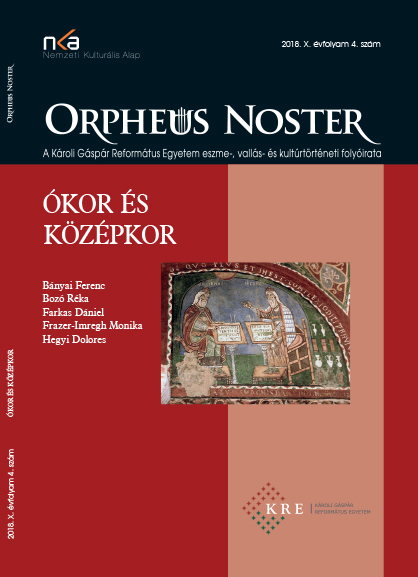
The Burney relief is an unparalleled Mesopotamian relic of the British Museum. The female figure depicted on it cannot be identified assuredly because of its diversified iconography and unique way of portrayal. There are three candidates as to who could be the so-called ‘Queen of the Night’: the goddess Ishtar, her sister Ereskigal or Lilith, a known succubus demon. This paper focuses on Lilith and her origins, and presents the arguments others wrote for and against her presence on the relief. The final chapter offer evidences that Lilith cannot be the ‘Queen of the Night.’
More...